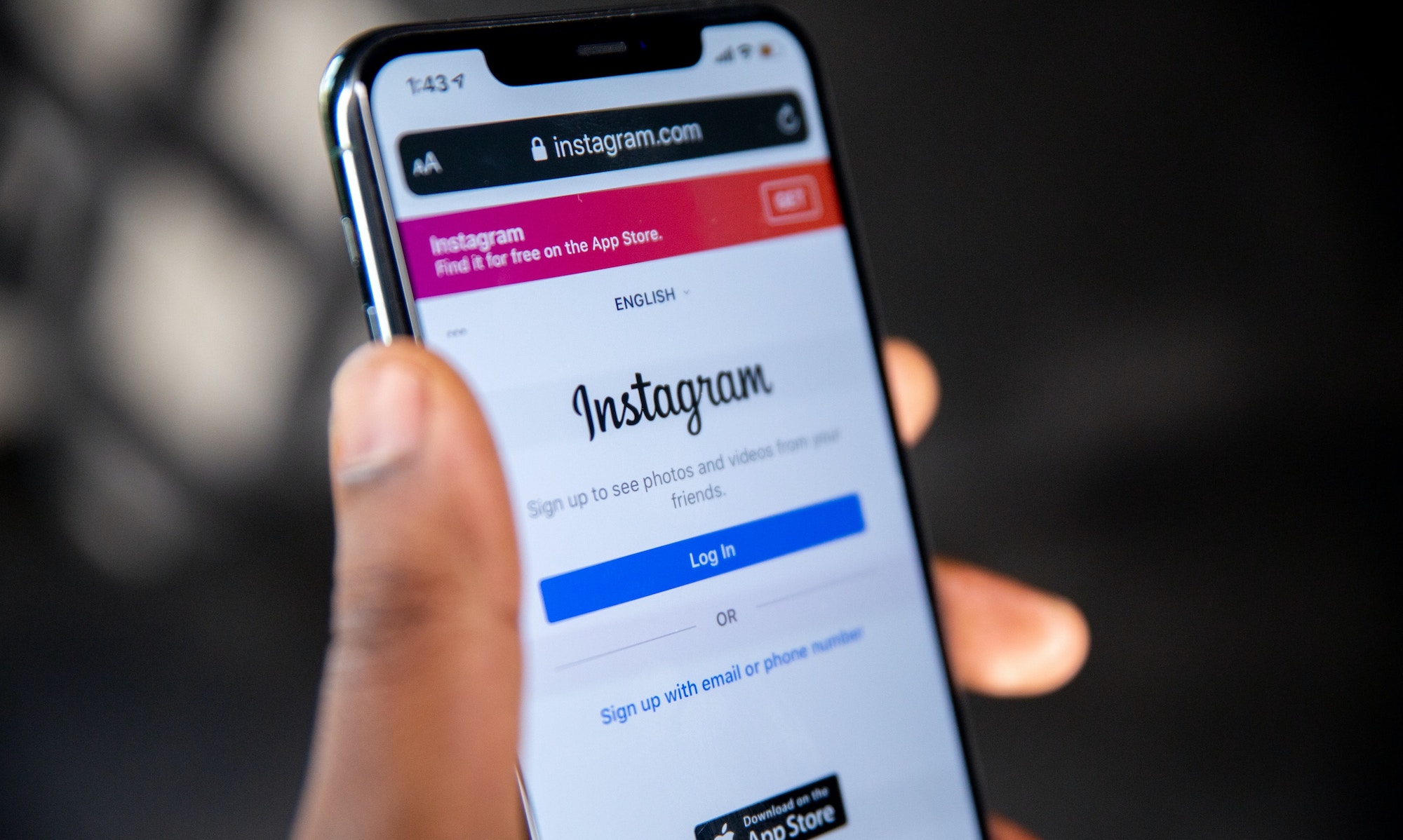Is there still a playbook for DTC success? Eric Bandholz on how Beardbrand is weathering the storm

Two steps forward, one step back. That’s how eCommerce founders are feeling after what’s been considered a “belt-tightening year” by many.
Despite a successful 2019 through 2021 for eCommerce, we’re now in a DTC downturn where investments are drying up, stock is dropping rapidly, and layoffs seem to be happening every day.
But what’s causing this downturn?
The tl;dr is rising shipping costs and inflation have led to consumers purchasing less and investors giving less. DTC stocks have been taking a beating all year because of these reasons.
Popular brands like Allbirds, Peloton, Revolve, Warby Parker, and Wayfair all reported significant earnings losses this year. In fact, Allbirds saw a 64% drop just back in March, with Warby Parker not far behind at a 40% loss.
Eric Bandholz, Founder of the popular men’s grooming company Beardbrand, says many DTC brands are about to face a new reality because of these changes.
“As sad as it seems, I think there’s going to be a lot of companies that go out of business, and there’s going to be realignment within a lot of spaces,” he explained.
This got us thinking about the “eCommerce growth playbook” that most businesses followed a few years ago: dumping money into channels that could bring awareness to your products. (you know, Facebook ads, Instagram ads, Google shopping.)
But times are changing, and the strategies that once-upon-a-time could skyrocket a brand to success in the pre-covid era are no longer working.
We want to know … Is there still a common playbook for DTC brands to grow? We spoke to Bandholz to find out how he’s maintained a 7-8 figure business throughout these trying times.
First, though, we need to answer one burning question …
Is there still a playbook for DTC brands?
We ran a Twitter poll that asked, “Do you think there's still a common playbook for DTC brands in 2022/23?” With 49 votes, the majority of responders decided there isn’t a common playbook to follow if you want your brand to skyrocket.

However, even those who said yes were hesitant about the playbook of today.
“I think there is but there shouldn’t be,” shared Cody Plofker, the chief marketing officer at Jones Road Beauty. “Up until now, it’s been ‘run FB ads until you can’t.’ Brands didn’t have to get creative because this worked. Now, more creativity is needed. The best brands are trying new things.”
Bandholz shared a similar thought. In his opinion, the playbook is the same at a high-level: you spend money to drive awareness. But the key is to do that profitably, and there are various ways to achieve that.
“I wouldn’t say there’s a single blueprint. I know entrepreneurs out there are all looking for the one thing that will fundamentally change their business. The reality is you just do things without the expectation for results, and then results kind of happen. There's just so many different ways a business can grow by doing good things,” he said.
Let’s look at how Bandholz successfully planned for the DTC recession.
Beardbrand’s pivot to a “belt-tightening” year
Beardbrand is a bootstrapped business, and Bandholz has always been financially conservative for this reason.
“When I’m getting into a space I’m not comfortable with, I tighten my belt. So we’re eating a little leaner here. For example, we’re doing less events, travelling less, hiring less, and not being afraid to reallocate the budget to focus on marketing projects that we know work,” he explained.
More specifically, Bandholz and the Beardbrand team made several changes over the past few months to stay profitable.
- Goodbye paid advertising, hello affiliates
Bandholz believes there are multiple ways to grow, and when he noticed eCommerce trends changing he decided to stop running all paid advertising.
“We've always found ourselves to be a ‘two steps forward, one step back’ kind of company. And this year is one step back,” he said.
Naturally, Bandholz recognized he had to continue to drive growth in some way, even if it meant at a slower pace. He decided to double down on working with influencers through an affiliate program.

However, instead of the “pay and spray” tactic, Beardbrand is carefully selecting influencers who align with Beardbrand’s mission—people who are authentically passionate about the brand and its products.

In Bandholz's opinion, part of keeping healthy margins during difficult times comes down to having these foundations in place: “This is a five-year tenure kind of project, not overnight successes. We started focusing more on building foundations, whereas paid ads fill in the immediate gaps. So we’re continuing to improve organic content on YouTube, Tiktok, Instagram, and our blog.”
- Sustainable packaging helps you and your customers save
One strategic decision Bandholz made this year is to switch their packaging. First, they got rid of secondary boxes since they’re the first thing that shoppers throw away. Next, they switched to aluminium containers.
Not only are these options more sustainable, they’re also cheaper for the company and customers.
“In a world where everyone's raising their prices, we're actually able to drop ours on a per-ounce basis,” said Bandholz.
- Know your wins and double down
A common mistake entrepreneurs make is trying to find opportunity everywhere, versus knowing what your strengths are and doubling down on them. Bandholz warns against this, especially during a downturn like we’re seeing now.
“You have your direct channel, that's a business. You have your mass market channel, that's a business. You have your wholesale channels, that's a business. You have your Amazon, that's a business. You have international distribution, that's a business. You have your content marketing, that's a business,” said Bandholz. “You're in all these different businesses, but every company has scarce resources. The reality is, are you in too many businesses?”
He suggests focusing on the parts of your business that are profitable—and that also have room to grow.
For example, Beardbrand has always been a content-focused business. It’s one of the main reasons the brand built a cult following over the years. For this reason, Bandholz is continuing to double down on content for the next year.
In his opinion, it’s easier to scale these channels than to try and launch something new—like an Amazon store—if you’ve never done it before.

Hope isn’t lost
Disruptive changes to the economy may have shifted the DTC landscape as we know it, but there are brands still betting on this channel.
For example, earlier this year Nike announced it’s reducing the number of stock being sent to wholesale stores like Footlocker, so the company can focus on its DTC channel. Also, eCommerce sales are still predicted to exceed $5 trillion for the first time this year. By 2025, they’re predicted to pass $7 trillion.
Hope isn’t lost for founders today—the playbook we once knew just isn’t the same anymore.
“I think any brand looking for a ‘playbook’ is sadly doomed from the start. I can agree there are ‘guiding principles,’ but at the end of the day the success of your brand is finding out what works for you and scaling that specifically.”
Lillie Sun, DTC Strategy Consultant
There may not be a common playbook anymore, but there are still foundations
Molly Deadwyler, marketing director at Perfect Keto said it best: “Rules are meant to be broken, but you have to know why, first. Everyone out here doing something different started with some kind of playbook. I can almost guarantee it.”
It’s time for brands to create a unique playbook of their own, which is exactly what Beardbrand did.
Before the company even started selling products, Beardbrand was a community where Bandholz and like-minded beard-enthusiasts would share written and video content about proper grooming and style techniques.
It wasn’t until Bandholz realized there was a bigger community of beardsmen like him that he considered creating and selling products.

“A lot of people don't care about SEO or content marketing. They just skip it and focus on paid ads. But when paid ads no longer become profitable and they turn them off, their business goes to zero. Whereas when we cut them off, we have this foundation already existing,” said Bandholz.
Based on our own observation, Bandholz has three foundational pillars that have helped keep Beardbrand alive and well over the years:
- Good content in all formats
- A strong community
- A high-quality product
This was Bandholz’ personal playbook—and it’s unique to Beardbrand’s journey and eventual success.
The lesson here is that today’s brands need to find their foundational pillars, too. And when times are tough, perseverance comes from passion.
“There are many different ways to build a business, and trying to find your passion is the exciting thing for me about entrepreneurship and business. Entrepreneurship is a journey. Your job is to enjoy it. So do the things that you love because that allows you to stay on the journey for a longer time.”















.jpg)







.jpg)
.jpg)
.jpg)
.png)



.png)
.jpeg)


























































.jpg)




















